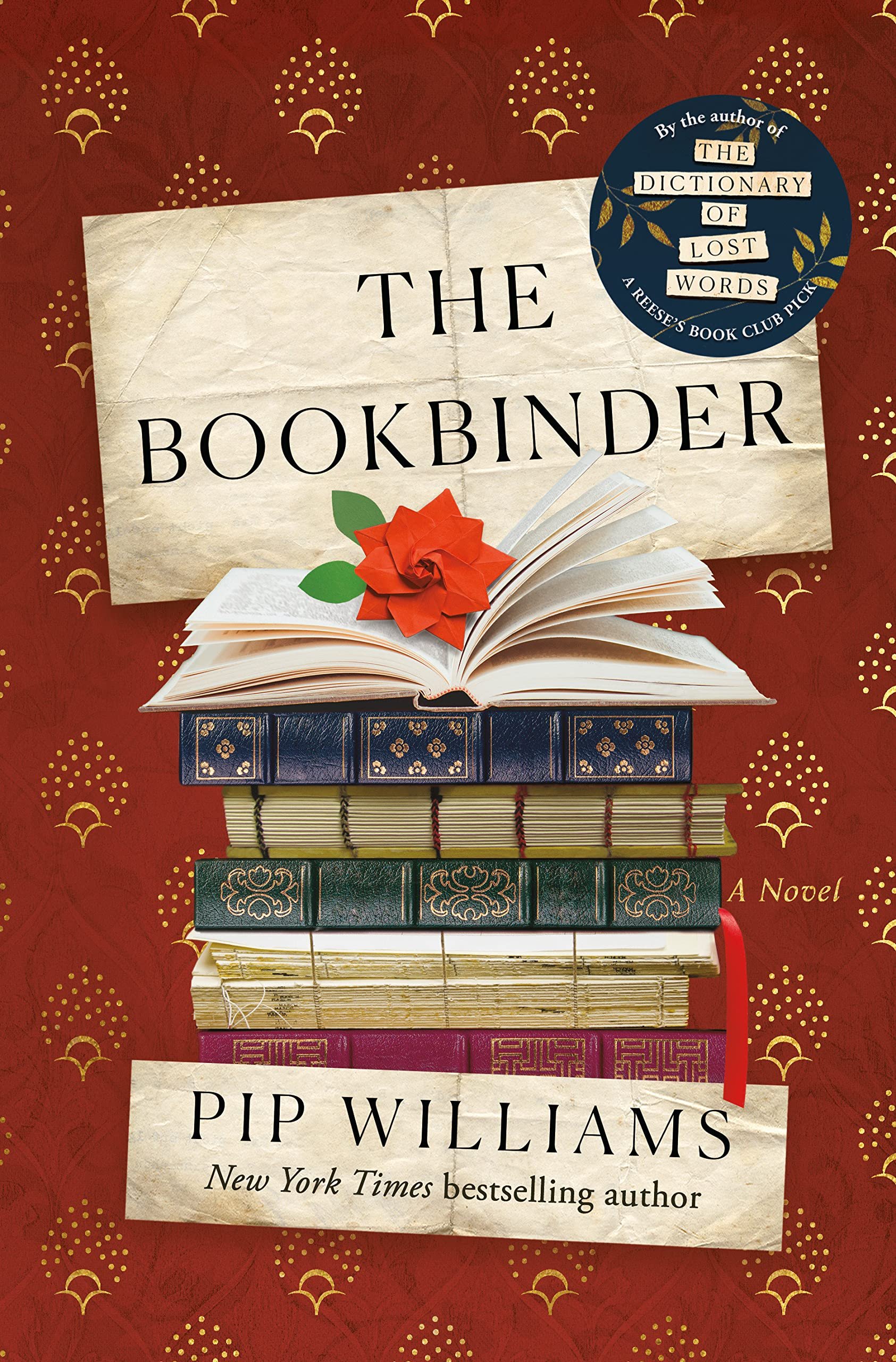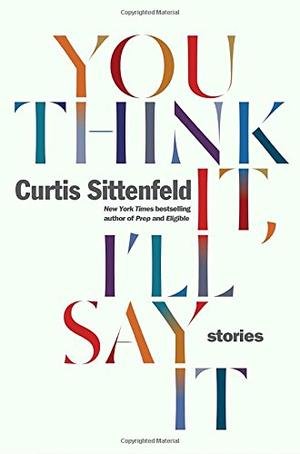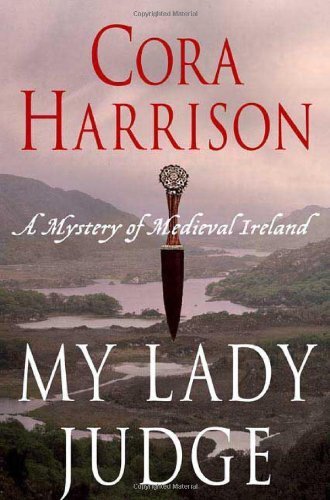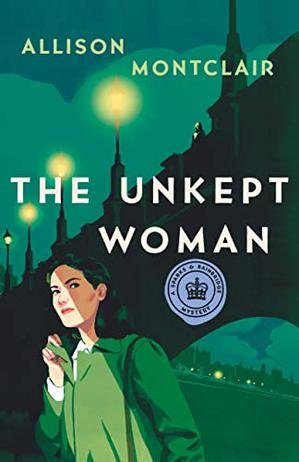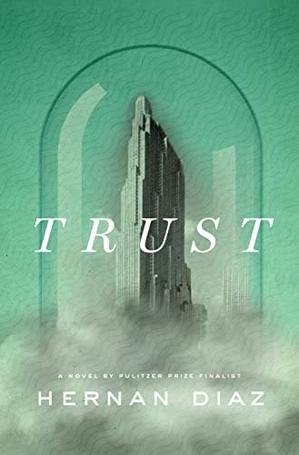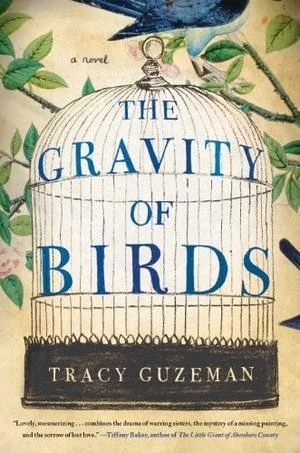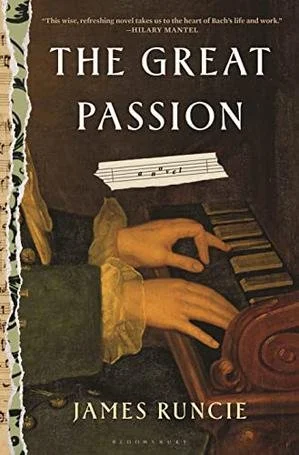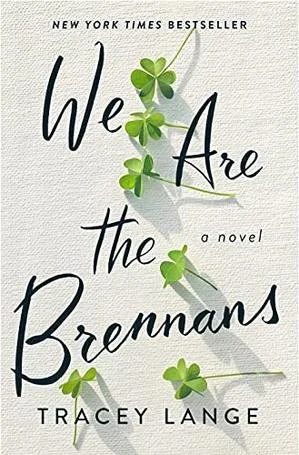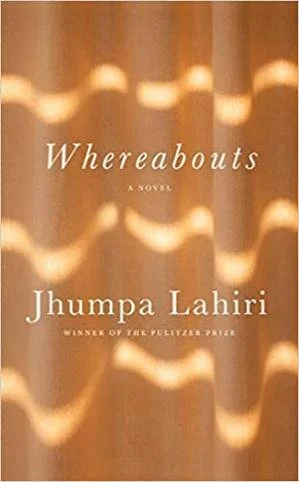The World War I Era
The Bookbinder Pip Williams (2023) I’ve been avoiding novels set in the trenches of World War I because the blood-and-guts horrors are just too much for me. But The Bookbinder takes place in placid Oxford, England, focusing on the women left behind, with a few letters from a nurse in France. Peggy and Maude are twin sisters who work in the bindery of Oxford’s highly respected university press. Maude has disabilities that make this repetitive work ideal for her, but Peggy is bored, wishing for much more intellectual stimulation. When Belgian war refugees arrive in Oxford, a romance element to the plot emerges, to intersect with the story of Peggy’s quest to attend university. The pace of this novel is slow, with descriptions of the minutiae of daily life and details of hand bookbinding, but hang in there. The action picks up, and weighty themes (women’s rights, the morality of war, the treatment of the disabled) emerge. A companion novel to The Bookbinder is Pip Williams’s bestselling The Dictionary of Lost Words. Watch for a review of the latter in an upcoming post on this blog.
The World War II Era
Beyond That, the Sea Laura Spence-Ash (2023) First, my minor quibbles: a few language inaccuracies and a lot of coincidences. Those noted, I really liked the unusual plot and the well-drawn characters in this novel. At the start of World War II, Beatrix Thompson, age 11, is evacuated from war-ravaged London. Unlike some British child evacuees who ended up in rural England with exploitative farmers, Beatrix is sent to Boston to live with the kind and welcoming Gregory family. One of the Gregory sons is two years older than Beatrix, and one is two years younger. Can you foresee a love triangle forming? She ends up staying with the Gregorys until the end of the war, when she reluctantly returns to her London family. The story travels on until 1977, as Beatrix (“Bea” in the US, “Trixie” in the UK) tries to find her place in the world.
1959/2018
Homecoming Kate Morton (2023) You either love Kate Morton’s novels or you gasp, “No way am I slogging through 544 pages!” I slogged through Homecoming, letting myself become fully immersed in the exceedingly complex plot, chock full of Morton’s characteristic flashbacks and secrets and instances of doubtful paternity—and more secrets. Here is the basic outline: In December 2018, Australian-born Jess Turner-Bridges, who has long lived in London, receives word that her beloved grandmother has been hospitalized in Sydney. Jess flies to Australia and accidentally learns about a terrible family tragedy that occurred on Christmas Eve of 1959. We’re off and running! Morton often anchors her novels’ extravagantly wide-ranging plots in spectacular landscapes and/or houses—here it’s the Adelaide Hills and magnificent houses there and in Sydney. Most people have room for at least one Kate Morton novel in their lives. You could read this one, or you could check out my reviews of two of her other family-saga mysteries: The Clockmaker’s Daughter and The Lake House.
The Turn of the (Most Recent) Millennium
Attachments Rainbow Rowell (2011) Remember the Y2K scare back in 1999? Media hype had us all worried that computers around the world would crash on January 1, 2000, because of the use of two-digit abbreviations for years. Attachments takes place in the years 1999 and 2000, with this Y2K angst as a backdrop. Lincoln, an introverted computer security specialist at a newspaper in Nebraska, is charged with following up on employee emails that have been flagged as possibly inappropriate. He reads lengthy personal exchanges between the newspaper’s copy editor (Jennifer) and entertainment writer (Beth), and he falls in love with Beth, whom he has never met. The pop culture references from the turn of the millennium are nostalgic, and the circuitous route by which Lincoln and Beth eventually get together is hilarious. As I raced through this novel, Rainbow Rowell had me laughing out loud at hundreds of witty emails.


